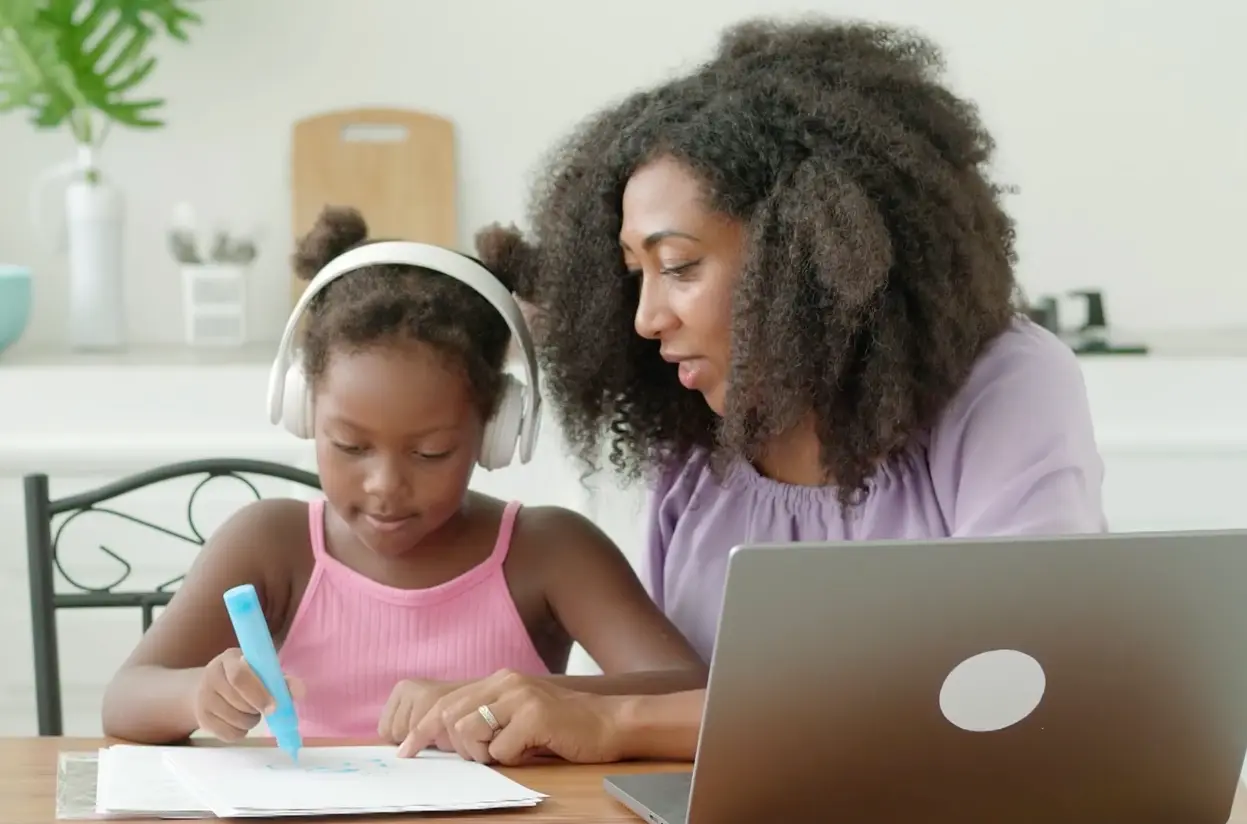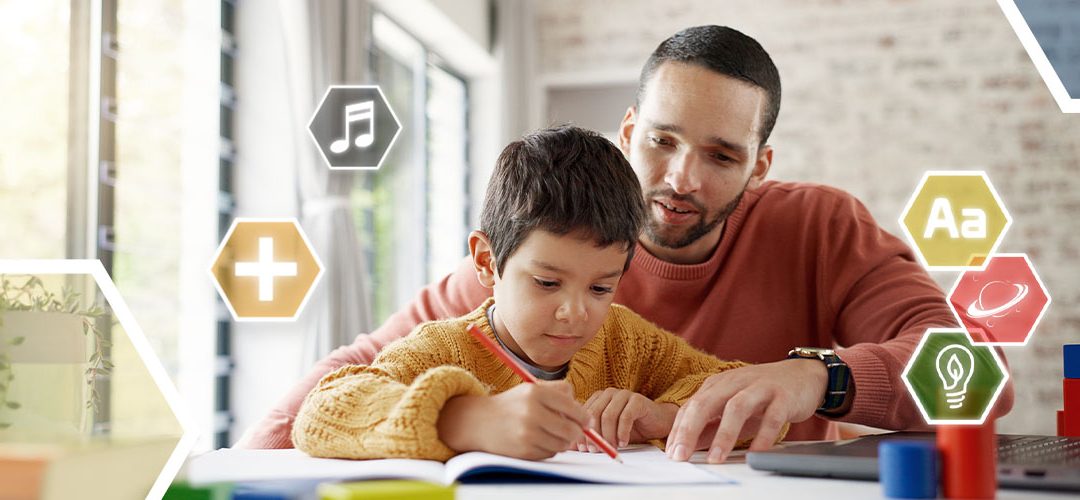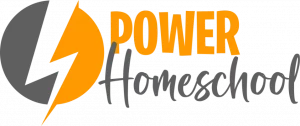
Homeschooling a five-year-old opens the door to an exciting world of learning. At five years old, children are naturally eager to explore, ask questions, and express their creativity. Whether you’re beginning a full homeschool program or just dipping your toes into early education, this guide is here to provide supportive, practical advice to help you feel confident from day one.
What Should a Five-Year-Old Be Learning?
By age five, most children are ready to take on kindergarten-level work. Kindergarten helps lay the groundwork for future learning by introducing fundamental academic skills in a fun and age-appropriate way. Some of these early skills to focus on include phonics and early reading, simple math concepts like counting and number recognition, and hands-on science and social studies activities that encourage curiosity about the world. Incorporating storytelling, creative arts, and everyday experiences can also help strengthen fine motor skills while keeping your five-year-old engaged. The key is to introduce these topics at your student’s pace, keeping their education flexible and unique to their interests.
Choosing a Curriculum for a Five-Year-Old
Selecting the right curriculum is one of the most important steps in your homeschooling journey. For five-year-olds, look for a program that includes engaging visuals, short lessons, and interactive components. Children at this age often benefit from colorful animations, songs, games, and step-by-step guidance. A strong homeschool curriculum should also give parents flexibility to move at a pace that suits their child’s learning style and readiness. Power Homeschool’s kindergarten program is designed specifically for young learners, offering an engaging and well-rounded educational experience that’s easy for parents to manage at home.
Explore Our Kindergarten Courses

How to Keep Your Child Engaged
Five-year-olds are naturally curious, but they also often have short attention spans. To keep your child engaged, make learning playful and interactive. Turn everyday activities into lessons. This can be done through things like counting snacks during lunch, practicing letter sounds during story time, or exploring science by observing the weather. Short lessons (around 15–20 minutes) are ideal, with plenty of breaks for movement and creativity. Follow your child’s interests when possible, whether that’s animals, trucks, space, or art. It’s also important to celebrate their progress along the way. Simple rewards like stickers, praise, or showing off a drawing on the fridge can go a long way in building confidence.
Creating a Simple Daily Routine
Structure helps young children feel secure. By setting a routine for your five-year-old, they will have a better understanding of what to expect each day in their studies. However, your routine doesn’t have to be strict. A simple flow to the day can make learning more productive and enjoyable. Many families start with a morning activity like reading a book or doing a calendar routine. They may then move into learning time with a few short lessons. It can also be beneficial to include movement breaks throughout the day such as dancing, stretching, or going outside for fresh air. It can also be important to leave time for creative play, art, music, or other creative activities. Many parents will also end each day by reviewing what their child learned and making sure they have a firm understanding of each topic. Remember, routines should support your child, not stress you out—adjust as needed to fit your family.

Tools to Help Parents Stay Organized and Involved
Simple planning tools like weekly checklists, visual schedules, and progress charts can help young children understand routines and goals. Many parents also find success using educational apps that reinforce lessons through interactive play. But even more helpful is having a system that brings everything together in one place—from lesson delivery to progress tracking.
That’s where Power Homeschool really shines. Our platform includes a range of built-in tools designed specifically to help parents manage their child’s learning experience. With live student progress monitoring, you can see exactly how your child is doing in each course in real time. The weekly goal tool allows you to create achievable milestones for your child and helps keep learning on track with no pressure. Our system also includes automatic record keeping, so attendance, grades, and course completion data are always saved for you—no paperwork needed. Plus, for early learners beginning to explore writing, our writing tutor tool offers helpful feedback and support as your child starts to express their thoughts through words.
Resources to Help You Get Started
You don’t have to figure everything out on your own. Here are a few more helpful resources to help with your homeschool experience:


